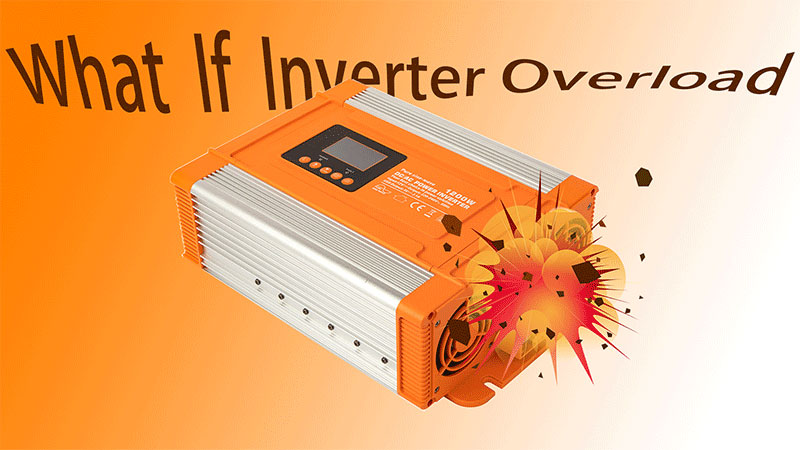What Happen If You Overload An Inverter
What does it mean when the inverter is overloaded?
Once a single inverter is overloaded, the buzzer will be alarming and the faulty LED will on, the output will be cut off. When the excess load is removed, the inverter will start automatically or manually. It is always better to size the proper wattage inverter for your appliances in case it will damage the battery in the long round. For example, if you connect 1000W appliances to 800W inverter, the inverter will definitely in overload protection status.
How do I know the inverter is overloaded?
For most inverter, they are designed with a buzzer and fault condition indicator. The buzzer will whistle continuously to remind the user. While based on users requirement, some brand inverter can cancel the buzzer alarming sound when overloading if the function is not necessary.
The red indicator on the inverter will lit. The inverter is designed with multiple protection functions, when overload, over temperature, short circuit, etc. The red LED will on to remind user to check the connection, cable and the load of the inverter.
What should I do when the inverter is overloaded?
1.If the overload is due to adding too many load
Shut the inverter off and reduce the appliance load. Turn the inverter back on and if the overload message is still there, use the reset button. If there is no reset button, turn off the system and wait a few minutes before turning it on again.
While if you erroneously try to connect loads far bigger than its rated power, it would get damaged without protection.
2.If the overload is caused by miscalculating of the total wattage
First of all, users need add up the total appliances wattage. Keep in mind that inverters will draw more power than the appliance total rated wattage due to power loss. Connect one appliance at a time to the inverter if you are not sure of the total wattage. Start with something small like a laptop or fan to ensure the inverter can handle it. If you are using this to power motors, refrigerator, microwave or water pumps which start power is higher than the inverter peak output, the system will overload. Both the continuous running watt and surge watts have to be within the inverter capacity.
3.If the overload is due to the connection cable
Check whether the cable is connected well, it is possible for cable wires to be overloaded. If the cable is frayed, replace with a new one. The thicker cable, the better for the system.





